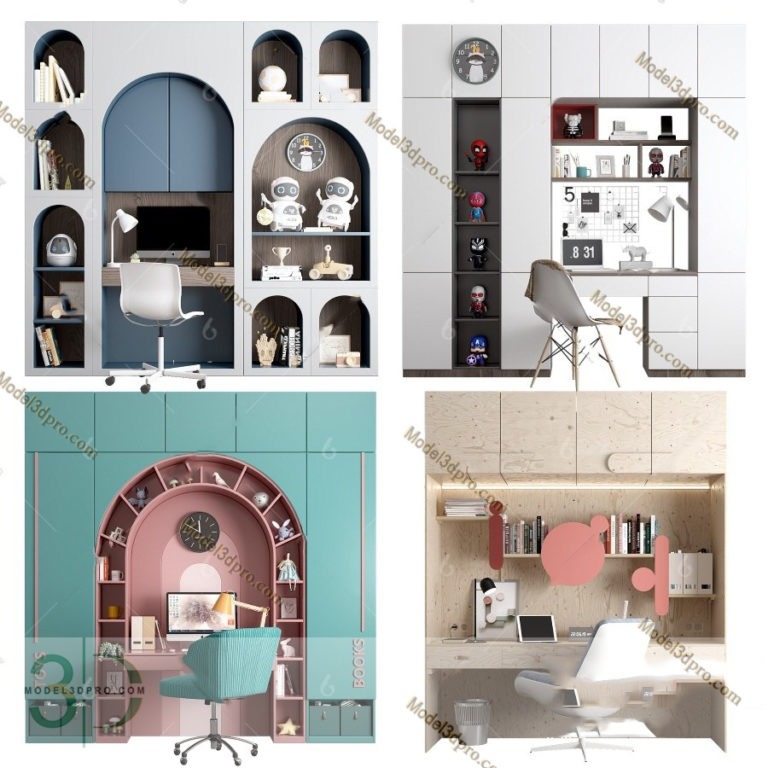

The SweetHome 3D application interface is made up of four main functional quadrants: (1) furniture catalogue, (2) home A convenience sampling strategy was used for recruitment of participants for this study. Figure 2 illustrates the SweetHome 3D application interface used by participants to design and develop home interiors. The VRIDA software application used for the purposes of this task was a customized version of SweetHome 3D.

Participants were given the task of using a VRIDA to design the interior of a room that would typically represent a patient’s home environment. Participants were then asked to complete a consent form in which their ethical rights were explained in terms of informed consent, withdrawal, and anonymity. Participants were encouraged to ask questions throughout the process, and any questions were answered as they arose. The information sheet provided a brief background and context and purpose to the study, and summarized the main activities that would take place during the course of the session.

On arrival, information sheets were distributed to users prior to participation in the session, the content of which was worked through with each participant individually. The aim of this study was to explore the perceptions of OTs relating to the three TAM factors (PU, PEOU, and AU) and the potential feasibility of using VRIDA applications as an assistive tool that may be used within the PHV process. Finally, the study is concluded and future research directions are considered in light of the findings. The results of this study are then presented, followed by a discussion of the implications of the findings in the context of existing research literature and outlining the study limitations. The next section provides details of the study carried out to achieve this aim. The aim of this study is to explore occupational therapists’ perceptions of VRIDA and to gain insights into the feasibility of using VRIDA as a tool to aid the PHV process in relation to the key factors outlined in the technology acceptance model. the design and development of new innovations and identifying the range of factors that may affect the acceptance, adoption, and use of a specific technology.


 0 kommentar(er)
0 kommentar(er)
